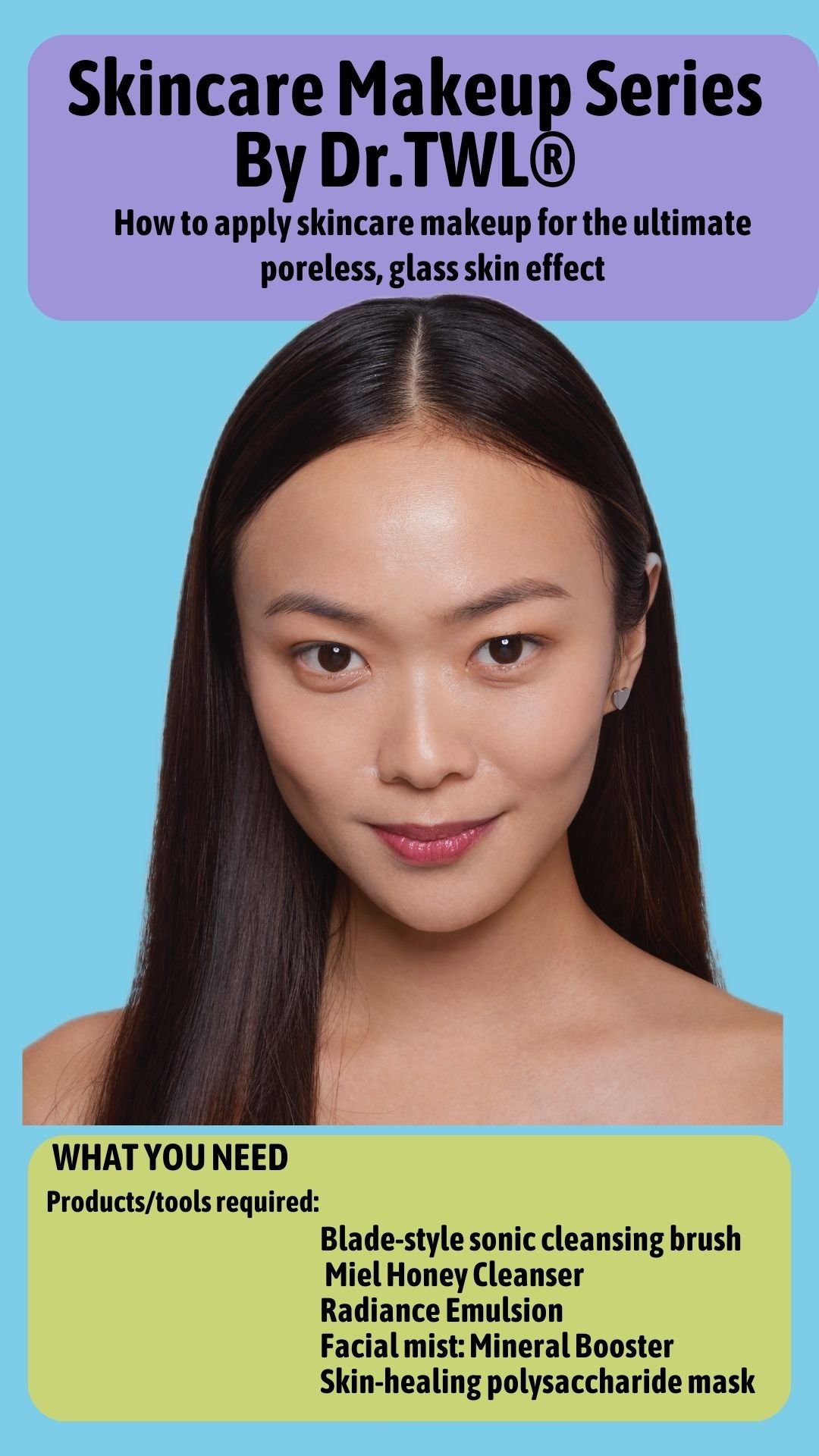Treatments That May Negatively Affect Your Skin and Well-Being

Many treatments marketed to improve skin health or overall well-being can cause unintended side effects. From invasive procedures to seemingly harmless beauty routines, some treatments harm the skin, cause discomfort, or lead to legal complications.
It’s essential to consider potential risks before opting for popular treatments. The appeal of quick fixes can sometimes overshadow long-term health consequences.
In this article, we’ll explore various treatments that, instead of benefiting your skin and body, may lead to more harm than good. Read on to discover the hidden dangers of common treatments and how they affect your health.
Chemical Peels and Harsh Exfoliation Treatments
Chemical peels and intense exfoliation treatments promise to rejuvenate the skin by removing dead cells. However, these procedures can cause long-term damage if overused or improperly applied.
Chemical peels use acids to slough off dead skin, but they can lead to redness, irritation, or even scarring. Over-exfoliation disrupts the skin’s natural barrier, leaving it vulnerable to infections, dryness, and inflammation.
Real Simple notes that over-exfoliated skin often burns or stings when applying lotions, signaling irritation and sensitivity. Redness, dryness, and peeling are common signs that skin has been over-exfoliated. Other symptoms include rashes, breakouts, inflammation, tenderness, and heightened skin sensitivity.
The intense acids can also increase sensitivity to the sun, making it easier to burn. Instead of improving skin health, these treatments may accelerate the aging process or cause hyperpigmentation.
How can I prevent irritation from chemical peels?
To prevent irritation, avoid over-exfoliating, keep your skin hydrated, and use soothing products like aloe vera. It’s also important to wear sunscreen daily, as your skin will be more sensitive to UV rays after a peel. Always follow aftercare instructions provided by your skincare professional.
Botox and Dermal Fillers
Botox and dermal fillers are popular for smoothing wrinkles and enhancing facial features. While many find these treatments effective, they come with a variety of risks.
Botox works by paralyzing muscles, which can lead to unintended facial expressions and frozen looks. Dermal fillers, while offering instant volume, can cause lumps, infections, or allergic reactions.
NIH states that filler injections can cause dermatitis-like symptoms due to allergic reactions to ingredients like collagen and lidocaine.
Certain components in fillers may trigger inflammation or allergic responses, leading to skin irritation. Additionally, deviations in the pH of fillers or unbound cross-linkers in hyaluronic acid can provoke inflammation.
Both treatments involve needles, which carry a risk of bruising, infection, or scarring. Some people may experience nerve damage or an unsatisfactory aesthetic result. These procedures also offer temporary results, requiring frequent touch-ups and sometimes leading to more harm than good in the long term.
Can Botox cause allergic reactions?
While relatively rare, botox injections might trigger adverse responses in some people. Rash, swelling, and trouble breathing are all possible symptoms. If you suffer any of these symptoms, seek immediate medical attention. A patch test is performed to confirm you have no allergies to Botox components.
Medical Device Implants
Medical device implants can improve health but sometimes create serious skin and health issues. These devices, while designed to help with specific medical conditions, often lead to unexpected complications.
Breast implants, for example, can cause capsular contracture, where scar tissue hardens around the implant, resulting in pain and deformity. Similarly, transvaginal mesh implants used for pelvic organ prolapse can also cause severe problems.
According to TruLaw, the transvaginal mesh lawsuit has garnered attention as many patients have filed legal claims for complications. This mesh, once considered a solution to pelvic organ prolapse and incontinence, has been linked to serious health risks. Patients have reported issues such as mesh erosion, infection, and chronic pain, severely impacting their quality of life.
These complications can indirectly affect the skin. Erosion of the mesh can lead to infections or bleeding, which may result in skin irritation or breakdown near the implantation site.
The Lawsuit Information Center mentions that an Oregon woman has recently filed a lawsuit in Minnesota over injuries from a defective Coloplast pelvic mesh. The plaintiff claims the mesh implant caused chronic pain, infections, and urinary dysfunction after surgery. The transvaginal mesh lawsuit update reports that she required surgery in September 2024 following mesh erosion and other complications.
What are common alternatives to implants?
Depending on your medical or cosmetic needs, alternatives to implants include non-invasive treatments like fillers, fat transfer, or physical therapy. For certain conditions, lifestyle changes or medication can also address issues without the need for surgical implants. Before proceeding, always discuss these alternatives with your healthcare provider.
Topical Medications for Acne
Acne treatments, particularly those involving harsh medications, can leave the skin damaged and inflamed. Isotretinoin, a strong acne therapy, can cause severe dryness, redness, and peeling.
While it may help with acne, it also alters the skin’s natural moisture balance. Topical therapies using benzoyl peroxide or salicylic acid can be extremely drying, causing irritation and inflammation.
AAD mentions that uncommon side effects include increased pressure on the brain, potentially leading to vision problems or blindness. In rare cases, this pressure can cause permanent loss of eyesight or even death. Liver damage is another serious side effect that should not be overlooked when considering treatment options.
Overuse of these treatments may result in long-term skin sensitivity and increased vulnerability to environmental stressors. It’s essential to balance acne treatments with skin hydration and protective measures to avoid creating additional skin problems while tackling acne.
How can I avoid dryness while using acne treatments?
To prevent dryness, use hydrating skincare products alongside acne treatments. Look for moisturizers that are non-comedogenic and won’t clog pores. Regularly applying a gentle, soothing cream can help balance the drying effects of acne treatments while keeping your skin moisturized and protected.
While many treatments promise to enhance appearance or address health concerns, it’s crucial to weigh potential risks against potential benefits. Aggressive approaches, such as harsh chemical peels or strong acne medications, can disrupt the skin’s natural balance, leading to long-term sensitivity and even scarring.
Similarly, invasive procedures like Botox and dermal fillers carry the risk of unintended side effects, from frozen facial expressions to allergic reactions. Medical implants, while offering solutions for certain conditions, can have serious complications, including infection and chronic pain. Ultimately, informed decision-making is key.



Leave a Reply
Want to join the discussion?Feel free to contribute!